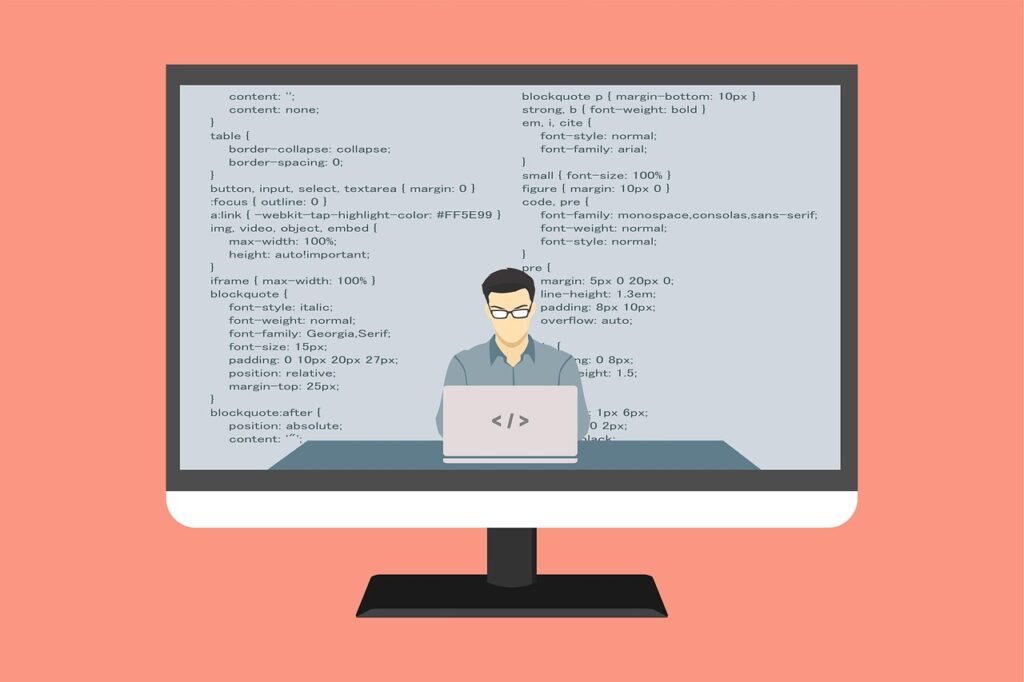
In the fast-paced world of software development, high-quality technical documentation is often the unsung hero that bridges the gap between complex code and human understanding. Yet documentation is frequently an afterthought, leading to inefficient onboarding, knowledge silos, and developer frustration. As development environments become increasingly complex with microservices, cloud architectures, and extensive toolchains, the importance of clear, accessible documentation has never been more critical.
The Documentation Crisis
Most development teams face a familiar scenario: documentation that’s outdated, incomplete, or entirely missing. This “documentation debt” creates significant hidden costs:
- Knowledge Loss: When team members leave, their unique insights often vanish
- Onboarding Inefficiency: New developers spend weeks or months getting up to speed
- Repeated Questions: The same issues are addressed repeatedly in Slack or meetings
- Inconsistent Practices: Without documentation, teams develop inconsistent approaches
Documentation as a First-Class Citizen
The most successful development teams treat documentation with the same care as code itself. Here’s how to embrace that mindset:
1. Documentation in Code
Documentation should live alongside your code, not in separate systems. This practice ensures documentation evolves with the codebase. Good documentation frameworks like Sphinx, JSDoc, or Javadoc can extract these comments to generate comprehensive documentation automatically.
2. Documentation as Part of the Definition of Done
No feature should be considered complete until its documentation is updated. Make this a formal part of your development process:
- Include documentation tasks in sprint planning
- Document new features before they’re merged
- Add documentation reviews to pull request checklists
- Track documentation debt as part of technical debt
3. Accessible Documentation Architecture
Documentation should follow a clear structure that makes information discoverable:
- Getting Started: Quick setup for new developers
- Concepts: Core principles and architectural explanations
- How-to Guides: Step-by-step procedures for common tasks
- Reference: Complete API details and specifications
- Troubleshooting: Solutions to common problems
Tools and Approaches for Modern Documentation
1. Documentation as Code
Treat documentation like code by storing it in version control systems and implementing CI/CD pipelines for documentation. This approach enables:
- Peer review of documentation changes
- Version tracking to see how documentation evolved
- Automated testing for broken links or outdated examples
- Generated documentation sites that deploy automatically
Tools like MkDocs, Docusaurus, and GitBook excel at this approach.
2. Visual Documentation
Not all concepts are best explained through text. Incorporate these visual elements:
- Architecture Diagrams: Use tools like PlantUML or Mermaid to generate diagrams from code
- Flowcharts: Visualize complex processes and decision trees
- Screencasts: Create short video demonstrations for UI-heavy features
- Interactive Documentation: Tools like Swagger for APIs provide testable examples
3. Automated Documentation
Reduce documentation burden through automation:
- Generated API Docs: Tools like Swagger, OpenAPI, and GraphQL introspection
- Type Systems: Languages with strong type systems self-document interfaces
- Test-Derived Documentation: Generate examples from test cases
- Change Logs: Auto-generate from commit messages and PR descriptions
Maintaining Documentation Quality
1. Regular Documentation Reviews
Schedule periodic reviews to identify and address:
- Outdated content that needs updating
- Missing documentation for new features
- Opportunities to improve clarity
- Broken links or references
2. User Feedback Mechanisms
Documentation should include clear paths for improvement:
- “Was this helpful?” feedback widgets
- Issue reporting links on each page
- Analytics to identify frequently visited/abandoned pages
- Regular user interviews about documentation experience
3. Writing for Different Audiences
Technical documentation serves different readers with various needs:
- New Team Members: Need conceptual overviews and orientation
- API Consumers: Require precise interface specifications
- Maintainers: Need design rationales and architectural context
- Support Staff: Need troubleshooting guides and error references
Final Thoughts
Superior documentation doesn’t just appear—it results from intentional processes, tools, and cultural values. By treating documentation as a first-class deliverable rather than an afterthought, development teams can dramatically improve productivity, code quality, and developer satisfaction.
The most successful teams understand that great documentation isn’t just about recording what exists—it’s about improving how developers think about, communicate, and evolve their systems. When documentation becomes an integrated part of the development process, the entire team benefits from increased clarity, consistency, and collaboration.
About the author: This article is contributed by Trotto, creators of go links—a powerful internal URL shortening system that enhances technical documentation accessibility by transforming complex URLs into memorable shortcuts like go/docs, helping development teams quickly access the resources they need.